
Tannin Foods Phenolic Content In Wine Food And Drink
Tannins are found in a huge variety of plants, including legume seeds, cider, cereals, cacao, peas, some leafy and green vegetables, coffee, tea, and nuts ( Lochab et al., 2014; Suvanto et al., 2017; Fraga-Corral et al., 2020 ).
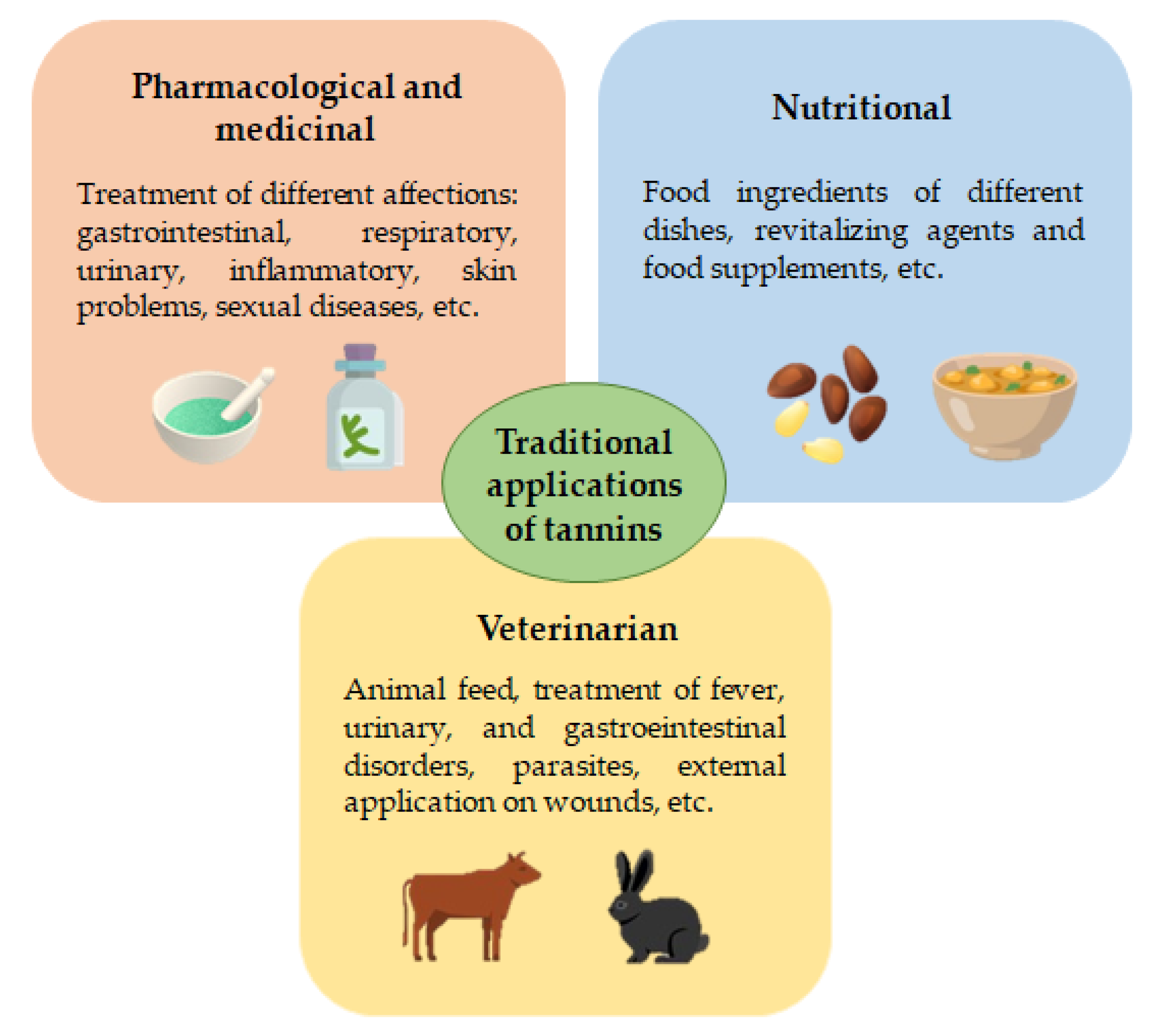
Foods Free FullText Traditional Applications of Tannin Rich Extracts Supported by
1. Tannins Overview. Tannins are widely dispersed in the human diet due to the prevalent consumption of plant-based foods and beverages (e.g., red grapes, red wine, chocolate, tea, and beer) [].Several health benefits have been associated to these compounds, namely prevention of cancer, cardiovascular diseases, allergies, Alzheimer's, and Parkinson's disease [].

What Beverages have the Most Tannin? Kazzit US Wineries & International Winery Guide
Summary If a food or beverage makes your tongue feel like all the moisture has been sucked out of it, it could be because it's rich in tannins. These compounds, produced by plants to protect themselves, may also protect us from inflammation, microbes, and free radical damage.
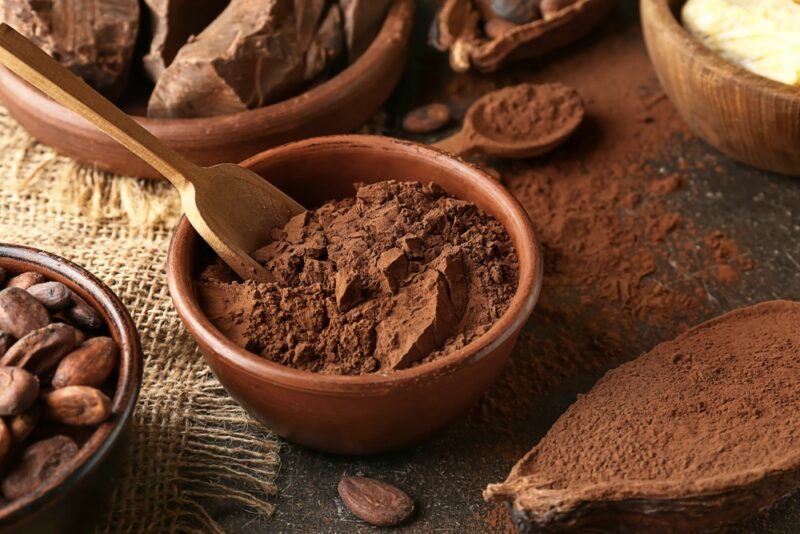
23 Foods With Tannins And Their Health Effects Food For Net
Home Wildflowers Ethnobotany Tannins Tannins Have you ever bitten into an unripened apple and experienced an astringent (dry, puckery) feeling in your mouth? You have experienced tannins. Tannins are complex chemical substances derived from phenolic acids (sometimes called tannic acid).
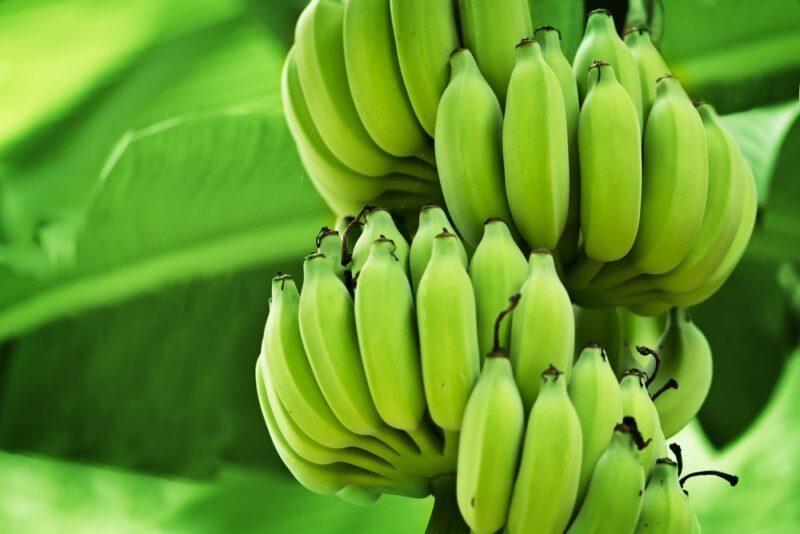
23 Foods With Tannins And Their Health Effects Food For Net
Cranberries, cocoa, chocolate, sorghum, berries, barley, rhubarb, nuts, squash and legumes such as beans and chickpeas, red wine and tea are the dietary sources that offer tannins. Precautions Tannins might give headaches to some people. Its side effects are vomiting, nausea, stomach irritation and liver damage. References:

All about Tannins in Wine! FoodandWinePairings Wine food pairing, Riesling wine
Grapes Here's one you could have guessed - grapes contain tannins. Most of these tannins are found in grape skins and seeds, plus smaller amounts in grape stems. The tannin content is highest while the grape is immature. The tannin content decreases as the grape ages, but doesn't disappear entirely.

Foods Free FullText Traditional Applications of Tannin Rich Extracts Supported by
June 28, 2022 by Food For Net Home ‣ Health + Wellness ‣ Are Tannins Good For You? If you're interested in wine or tea at all, then you've probably heard about tannins. These are natural plant compounds that provide the astringency found in these drinks. Tannins are also controversial, which is why we're asking: are tannins good for you?

Table 1 from Preferences for foods varying in macronutrients and tannins by lambs supplemented
High heat, especially when boiling, can degrade antinutrients like lectins, tannins and protease inhibitors (14, 31, 32, 33). Additionally, calcium oxalate is reduced by 19-87% in boiled green.

23 Foods With Tannins And Their Health Effects Food For Net
Introduction. Tannins are a heterogeneous group of water‐soluble polyphenolic compounds of high molecular weight (500-3000 Daltons) - with as many as 20 hydroxyl groups - and are present in plants, foods and beverages (de Jesus et al., 2012).Being phenolic compounds, tannins are chemically reactive and form inter‐ and intra‐molecular hydrogen bonds that are able to interact with.

Clear Lake Wine Tasting Tannin 101
Fruits and Vegetables Tannins are what give certain raw fruits an astringent, or bitter, taste. Most of the tannins are found in the skin of fruits and fruits that aren't as ripe, so choosing very ripe fruit and avoiding the skin can help you limit your tannin intake.

25 Foods With Tannins And Their Health Effects Food For Net
Phytates, tannins, and polyphenols: These dietary components limit the absorption of nonheme iron.. Eating foods high in phytates, such as beans, nuts, and whole grains, reduces the absorption.

Are Tannins Good For You? Food For Net
Tannins are a type of bitter and astringent chemical compounds that belongs to a larger group called polyphenols. They occur abundantly in nature, namely in the bark of many trees and in a variety of leaves, legumes and fruits, including grapes. Tannin molecules are typically much larger than those found in other types of polyphenols, and they.

Tannin content of some food and feed products Download Table
Grapes contain a high concentration of tannins. The tannin concentration of grapes is critical to the art of wine making. According to Tarac Technologies, tannic acid is essential is wine making because it ensures the wine's palate balance and complexity.
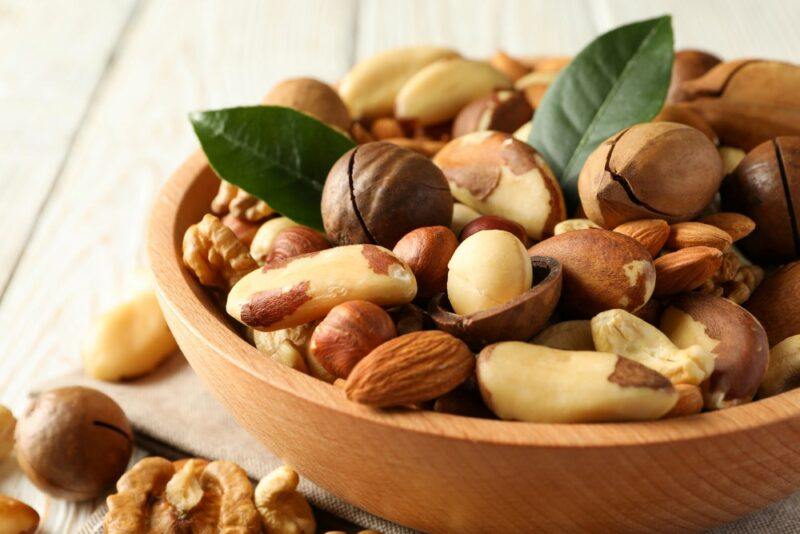
23 Foods With Tannins And Their Health Effects Food For Net
Indian Almond Leaves. Cherry Leaves. Sour Cherry Leaves. Horseradish leaves or Horseradish root - grated or chopped. Raspberry Leaves. Mesquite Leaves. Black Currant Leaves. Oak Leaves contain the most tannins, so use a little less than other varieties. Bay leaves are an easy-to-find grape leaf alternative.

23 Foods With Tannins And Their Health Effects Food For Net
Tannins (commonly referred to as tannic acid) are water-soluble polyphenols that are present in many plant foods. They have been reported to be responsible for decreases in feed intake, growth rate, feed efficiency, net metabolizable energy, and protein digestibility in experimental animals. Therefo.
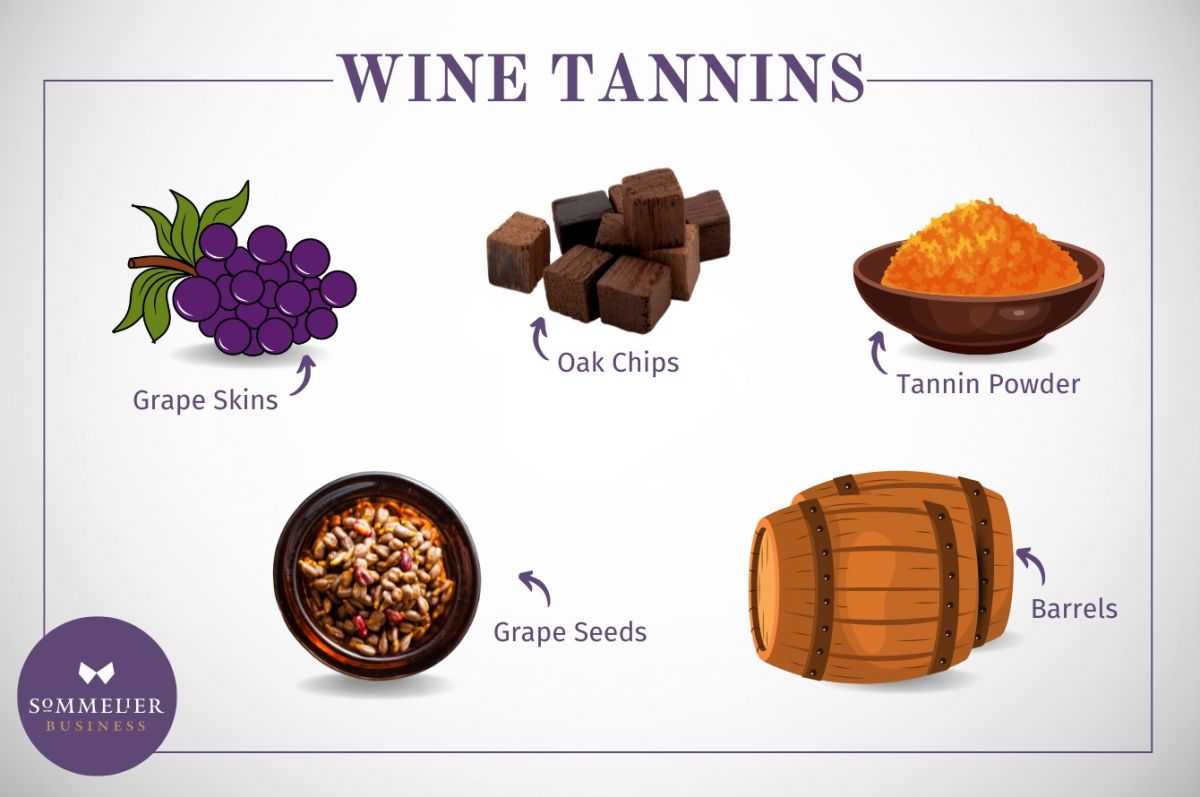
Can Tannins Help You Sell More Wine?
Beverages There are many beverages that contain tannins, with the most common sources being red wine and tea. Wines The tannins in wine are derived from the grape skin, seeds, and stems. In fact, the presence of tannins is critical in the wine making process.